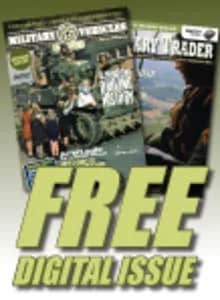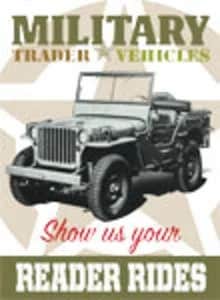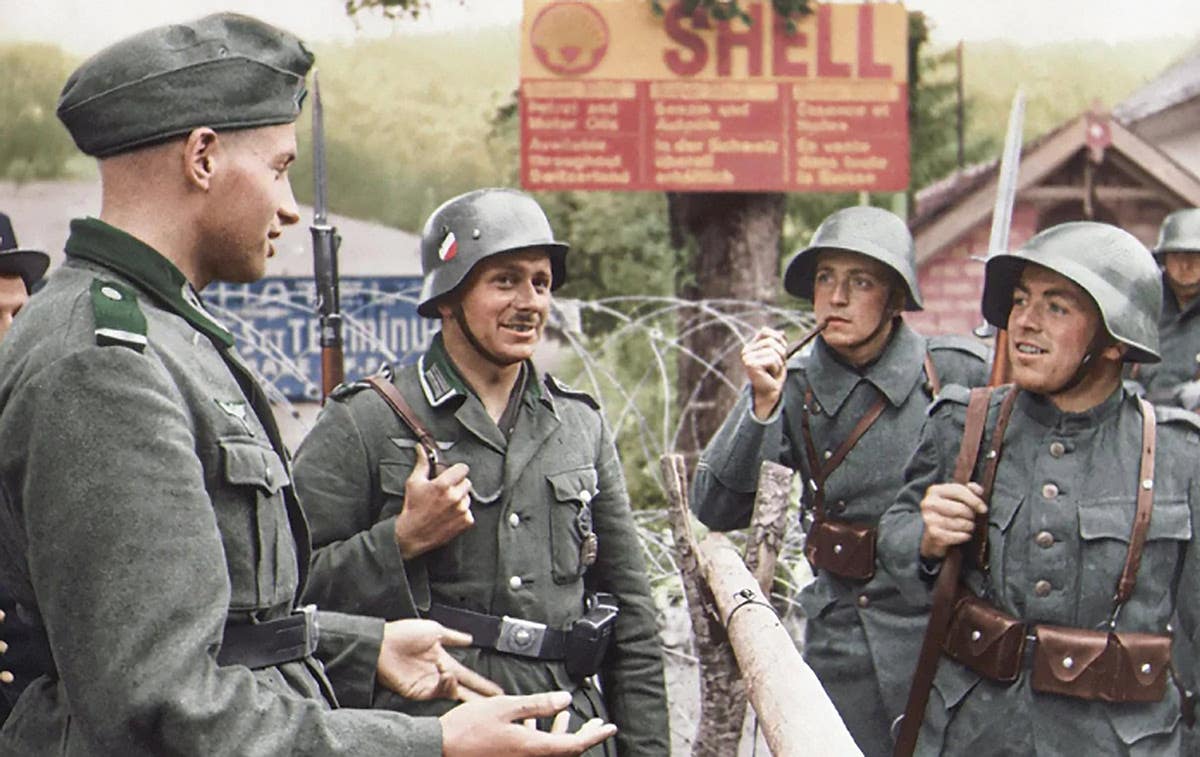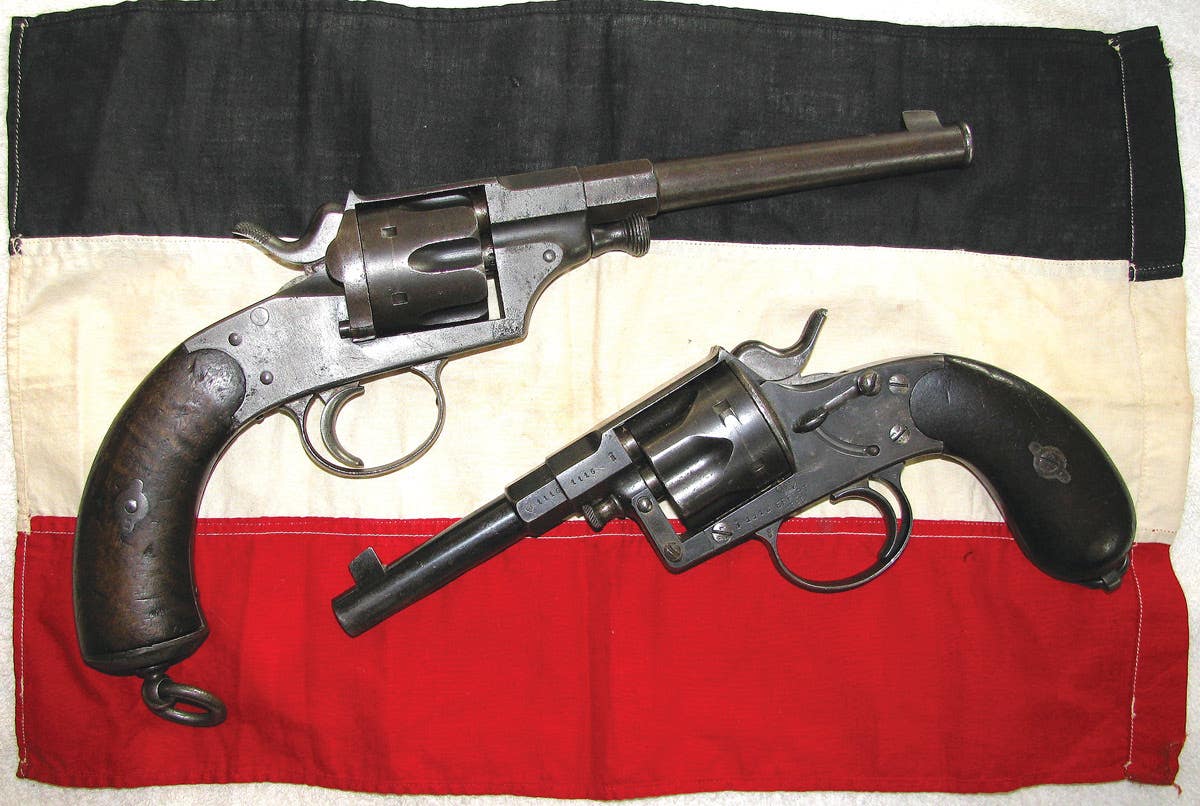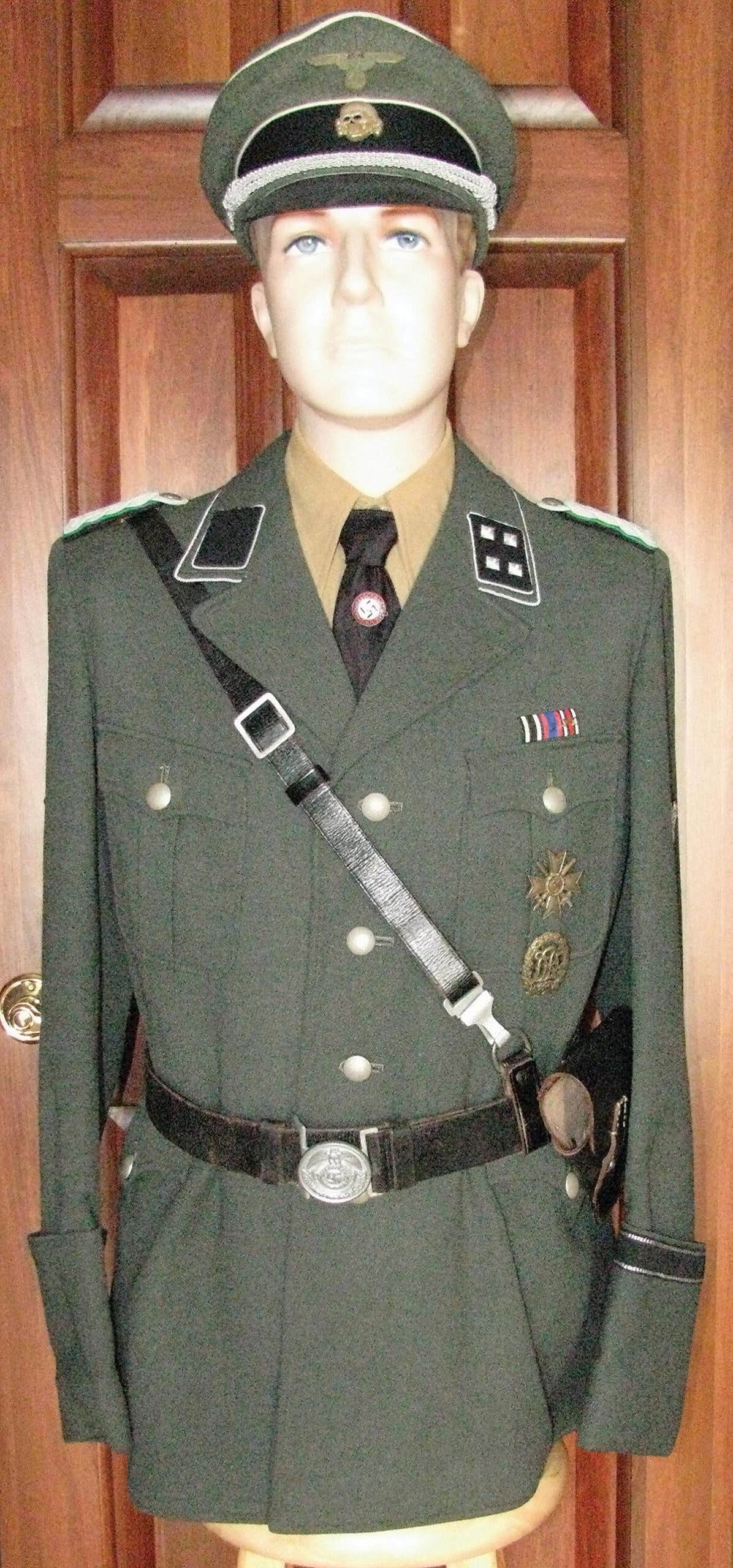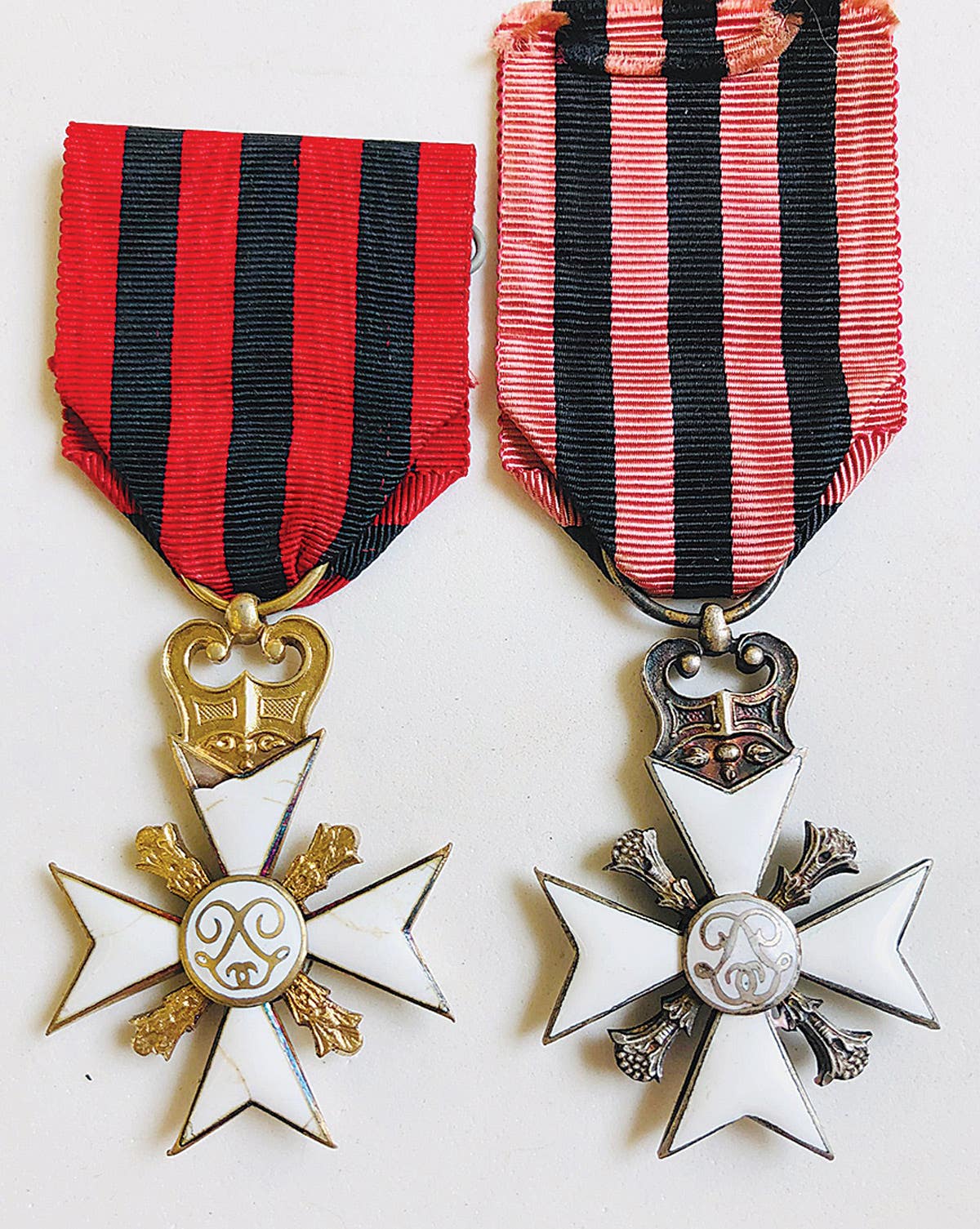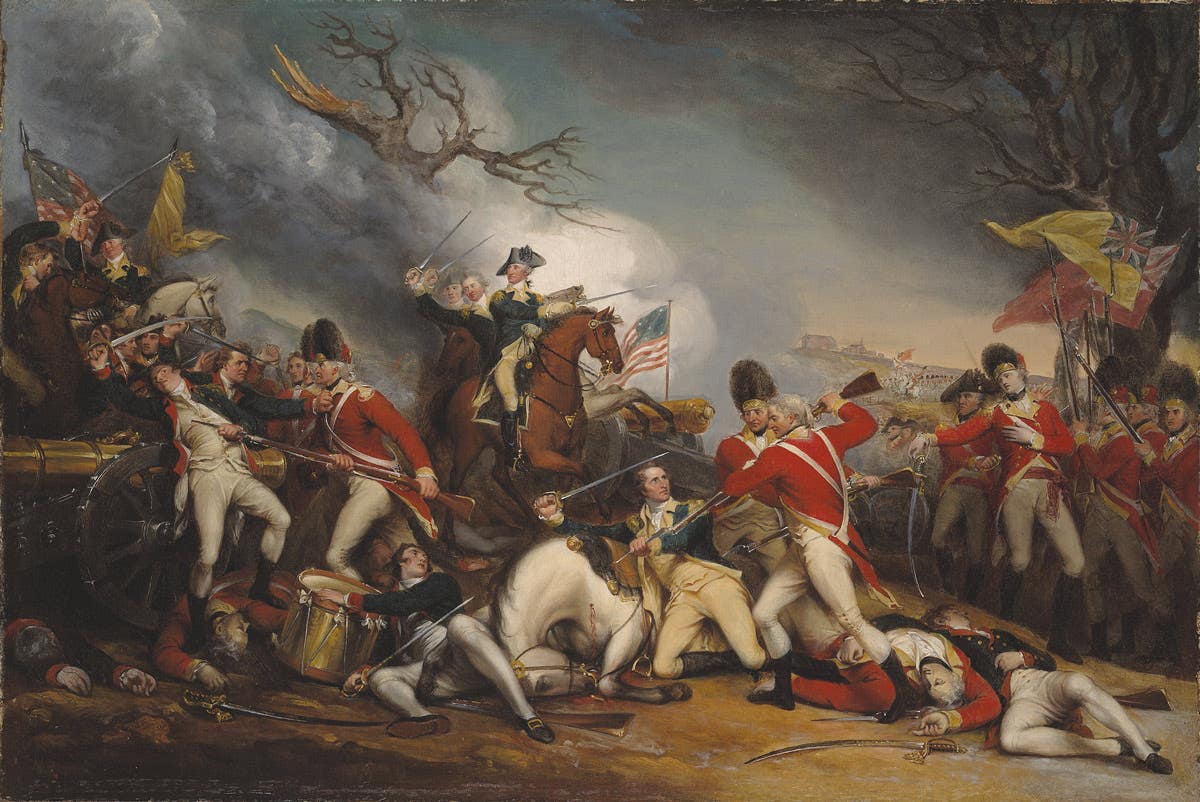Hometown Heroes: Collecting Britain’s Home Guard
By the end of 1940, Home Guard units were organized into 1,200 battalions, then sub-divided into 5,000 companies and 25,000 platoons across Britain from Scotland to Wales and England.
On the evening of May 14, 1940, the Right Honorable Anthony Eden, Member of Parliament and Secretary of State for War in the government of the newly appointed Prime Minister Winston Churchill, made a broadcast on the radio to make an official announcement concerning the raising of new civilian force for national home defense. After a brief introduction, which included an outline of events unfolding in France after the launch of the German invasion of Western Europe, he went on to describe what was needed of the new unit and its function:
“We want large numbers of such men in Great Britain who are British subjects, between the ages of 17 and 65, to come forward now and offer their service in order to make assurance doubly sure,” he said. “The name of the new force which is now to be raised will be the ‘Local Defence Volunteers’. This name, Local Defence Volunteers, describes its duties in three words. It must be understood that this is, so to speak, a spare-time job, so there will be no need for any volunteer to abandon his present occupation.”
He continued in the same vein, attempting to appeal to British men’s patriotic spirit, before concluding: “This appeal is directed chiefly to those who live in small towns, villages and less densely inhabited suburban areas. I must warn you that, for certain military reasons, there will be some localities where the numbers required will be small, and others where your services will not be required at all. Here then is the opportunity for which so many of you have been waiting. Your loyal help, added to the arrangements which already exist, will make and keep our country safe.”
Within a week, 250,000 men had volunteered for Local Defence Volunteers, LDV, with that number rising to 300,000 by the end of the month. At that time in France, things were going very badly for the Allies and the British Army was falling back on Dunkirk, ready for evacuation. Following the fall of France, Holland and Belgium, Britain stood alone. The regular Army had left behind most of its equipment in France, including vehicles and heavy weaponry, and things looked bad. The Army had to be re-equipped and re-organized which would take time. At least, though, the first volunteers of the LDV had been issued with armbands bearing the initials, but other than that had no standard issue equipment or weapons.
Despite the deficiencies, the volunteers persevered and kept coming forward, being formed into platoons and put under operational command of the Commander-in-Chief for Home Forces, General Sir Edmund Ironside, who also planned the building of defensive fortifications across the country. On July 31, 1940, only 10 weeks after being formed, the LDV was given a new title and was to be known as the “Home Guard”, by which time there were 500,000 volunteers in units across the country. Many members were veterans of WWI, and in some cases even earlier wars, but their enthusiasm was undimmed and inspired many younger volunteers to come forward.
Throughout the war, membership of the Home Guard would remain strong so that when it was finally”stood down”, or disbanded, in December 1945, it still numbered more than 1.5 million men. Although no unit ever engaged in open action with the enemy, some 1,206 members of the Home Guard were killed, either by accident while on exercise or patrol or when rendering assistance during an air raid.
By the end of 1940, the Home Guard units were organized into 1,200 battalions, then sub-divided into 5,000 companies and 25,000 platoons across Britain from Scotland to Wales and England. There was even an American unit raised with 128 nationals living in London, known as the 1st American Squadron of the Home Guard and referred to as the “Red Eagles”. The unit was raised by Brigadier General Wade H. Hayes, who had commanded a battalion of the 107th U.S. Infantry in WWI. They were well equipped with their own vehicles and even purchased some of their own weapons. Later, Dr. Edith Summerskill was instrumental in establishing the “Women’s Home Defence”, later called “auxiliaries”, which allowed women to serve in an unofficial capacities with the Home Guard, often undertaking administrative duties such as typing and clerical work. It is believed that as many as 50,000 women served with the Home Guard, some of whom were also given instruction in weapon handling.
Such a rapid expansion in serving personnel made it difficult to meet demand for uniforms, and in the early days volunteers simply wore their civilian clothes with the armband displayed. Veterans were allowed to wear their old military uniforms, but gradually denim “working” uniforms were issued with leather belt and shoulder straps with canvas web pouches and bayonet “frog”’ suspended from the belt. Later woollen battledress uniforms became available along with more webbing and water bottle carriers. Cap badges were issued in keeping with Territorial County Association of the local units. A range of colored badges worn on the sleeve of the uniforms were issued to denote a unit’s “zone”’ along with number and initials. Duties included guarding bridges and patrolling railway lines. Members also acted as sentries at telephone exchanges and other vulnerable points. All roles were serious, but none more so than guarding crashed aircraft enemy aircraft shot down, as well as Britain’s own aircraft. Members of Home Guard units were also called on to escort captured enemy pilots to police stations to await transportation to more secure premises.
All Home Guard members were trained in the use of weaponry, and some units, especially those in remote areas such as the moors in Devon or Yorkshire, raised patrols mounted on horses to cover ground quicker and more effectively. Bicycles were also used in some towns and villages, and river patrols using private boats plied larger waterways such as the River Thames in London and the Severn Estuary connecting to Bristol Docks.
Weapons were another problem for the Home Guard. They were in short supply, but the shortage improved with the issuing of American-produced rifles and machine guns, including 500,000 P17 rifles, 25,000 Browning automatic rifles, Lewis light machine guns and several other types, such as Canadian Ross rifles. These dated back to the First World War and used .30-inch 30-06 Springfield rounds, which were non-standard in British use. To identify the differences, the rifles had a red band painted on either the fore stock or butt stock.
Other small arms weapons gradually came to be used, including Vickers and Browning machine guns, Thompson SMGs and pistols. To supplement this arsenal, a variety of weapons specifically designed for use by the Home Guard were developed. For example, the Northover Projector was a weapon unique to the Home Guard. It was developed in 1940 as an ad hoc anti-tank weapon. It used a barrel, like a length of drainpipe, mounted on a four-legged stand and fitted with rudimentary sights. It fired projectiles measuring 2.5-inch in diameter — usually glass bottles filled with gasoline and white phosphorous — out to ranges between 100 and 150 yards. Some 19,000 of these weapons were produced and issued to units around the country. They were better than nothing and probably more dangerous to the operator than the enemy. Each weapon cost only about £10 (about $13) per unit. Another weapon of similar type was the blacker Bombard, which operated on the “spigot” principle similar to the PIAT used by the regular Army.
The Home Guard’s diversity and relatively brief, but intense service history, has helped make it interesting for military enthusiasts and collectors. Re-enactment groups around the U.K. re-create authentic impressions of local wartime units and present displays of their collections at shows and other events. These groups vary in size from just a handful to about 20 members, which allows them depict different scenarios, including foot, bicycle patrols and even mounted sections with horses. Some of the groups have had replica copies of weapons made, such as the Blacker Bombard and Northover Projector. Originals are usually found only in museums, but the replicas are authentic in every detail, including the ammunition.
Many books have been written on the subject from wartime experiences of veterans to studious volumes by well-researched historians. There are titles which are mainly photo albums with extended captions. Others, such as The Real Dad’s Army, written by historian Norman Longmate — himself a veteran of the Home Guard years — is a better work.
The strict firearm laws in Britain means that any and all weapons representing the Home Guard must be legally deactivated to an approved standard and accompanied by certificates as proof. There are no restrictions on other items such as bayonets, inert hand grenades, uniforms, different badges as worn on service caps or uniform tunics.
Members of the Home Guard wore Brodie-type helmets, a design which dated back to WWI, They were widely issued to troops, so unless an example carries an insignia identifying a unit, the item must be seen as being of the general style. Cap badges are quite common, but the badges worn by female members are much more rare. These female badges were made of Bakelite, an early type of plastic, and took the form of a laurel garland formed into a circular design with the letters “HG” set in the pierced center. Silver in color and affixed by a pin, they more resemble a lady’s brooch and are really quite stylish. These items, and others connected to the Home Guard, can be found for sale by traders at militaria fairs or on specialist Online auction sites priced at around £30 GBP (about $37 U.S.), but this depends on the quality.
When not in uniform, members of the Home Guard could still be found wearing small badges in the buttonhole of their jacket lapels. These could be silver-colored metal and either oval or rectangular in shape with blue enamelled backing. In all cases they bore the initials “HG” and were surmounted by the king’s crown. These can acquired for a few dollars, as can the cloth sleeve badges of different units. Bakelite cap badges are more expensive, but are worth attention from collectors for their fragility and rarity.
Paper documents from photographs to identity cards can be obtained from a few pounds, or U.S. dollars, and can easily be sent by mail. Again, prices for such items vary according to condition and subject matter. Photographs, for example, can be official posed images of platoons or more informal showing the wedding of a unit member, which usually cost a couple of pounds sterling or the equivalent in U.S. dollars. The official images can be found mounted with the names and details of the platoon embossed on the mounting board. This helps in tracking down more details of the unit.
Today, the history and artifacts attached to the Home Guard are seen very differently and are recognized for their historical significance by collectors of militaria, not just in Britain, but in countries around the world.
